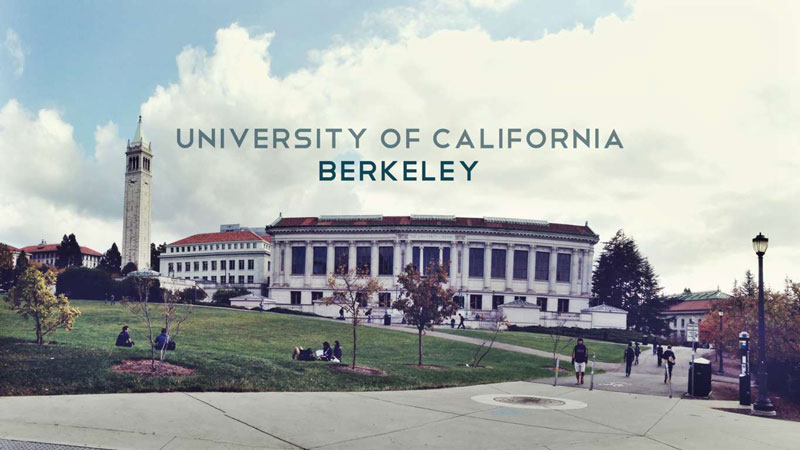The human arsenal knows no boundaries, but at the same time, it still hasn’t seen an element more significant than that desire of ours to grow on a consistent basis. We can claim what we …
The human arsenal knows no boundaries, but at the same time, it still hasn’t seen an element more significant than that desire of ours to grow on a consistent basis. We can claim what we did because the stated desire has already brought the world some huge milestones, with technology appearing as quite a major member of the group. The reason why we hold technology in such a high regard is, by and large, predicated upon its skill-set, which guided us towards a reality that no individual could have imagined otherwise. Nevertheless, if we care to look beyond the surface, we’ll learn how the whole runner was also very much inspired from the way we applied those skills across a real world environment. The latter component, in fact, did a lot to give the creation a spectrum-wide presence and start a full-blown tech revolution. Of course, this revolution then went on to scale up the human experience through outright unique avenues, but even after achieving a feat so notable, technology will somehow continue bringing the right goods. The same has turned more and more evident in recent times, and assuming one new discovery shakes out just like we envision, it will only put that trend on a higher pedestal moving forward.
The researching team at University of California at Berkeley has successfully developed the first ever system, which can train small-scale robotic cars to autonomously engage in high-speed driving and help them adapt to and improve in real world environments. According to certain reports, the research kicked off with an initialization stage, where it generated data about several different driving environments. To facilitate production of this data, the team manually directed a model car along varying courses with their sole goal being collision avoidance rather than the proverbial speed element. Once all the data was duly collected, the researchers then moved to deploying a robotic car outside of that simulated setting. This is when our data became useful, as it was used, in conjunction with reinforcement learning algorithms, to train the car. Talk about what these algorithms achieved across different facets of driving, they were able to help the car in navigating the course more efficiently over time, avoiding obstacles, and enhancing its overall performance using directional and speed adjustments. As for study’s results, it was discovered that the robotic cars could learn to speed through racing courses after less than 20 minutes of training.
Quizzed regarding the research, Kyle Stachowicz, a graduate student robotics researcher, claimed their observations include “emergent aggressive driving skills, such as timing braking and acceleration around turns and avoiding areas that impede the robot’s motion.” The skill exhibited by the robotic car “approaches the performance of a human driver using a similar first-person interface over the course of training.”
For the future, though, there is still a need to address certain safety issues. An example, at the moment, can be how collision avoidance is rewarded simply because it prevents task failure. However, what the whole idea needs to achieve more widespread application is an ability to stay proactive. You see, it should, on its own, have the intelligence to practice the standard safety measures, such as being a little cautious while driving through unfamiliar or high-risk environments.
“We hope that addressing these limitations will enable RL-based systems to learn complex and highly performant navigation skills in a wide range of domains, and we believe that our work can provide a stepping stone toward this,” said Stachowicz.




